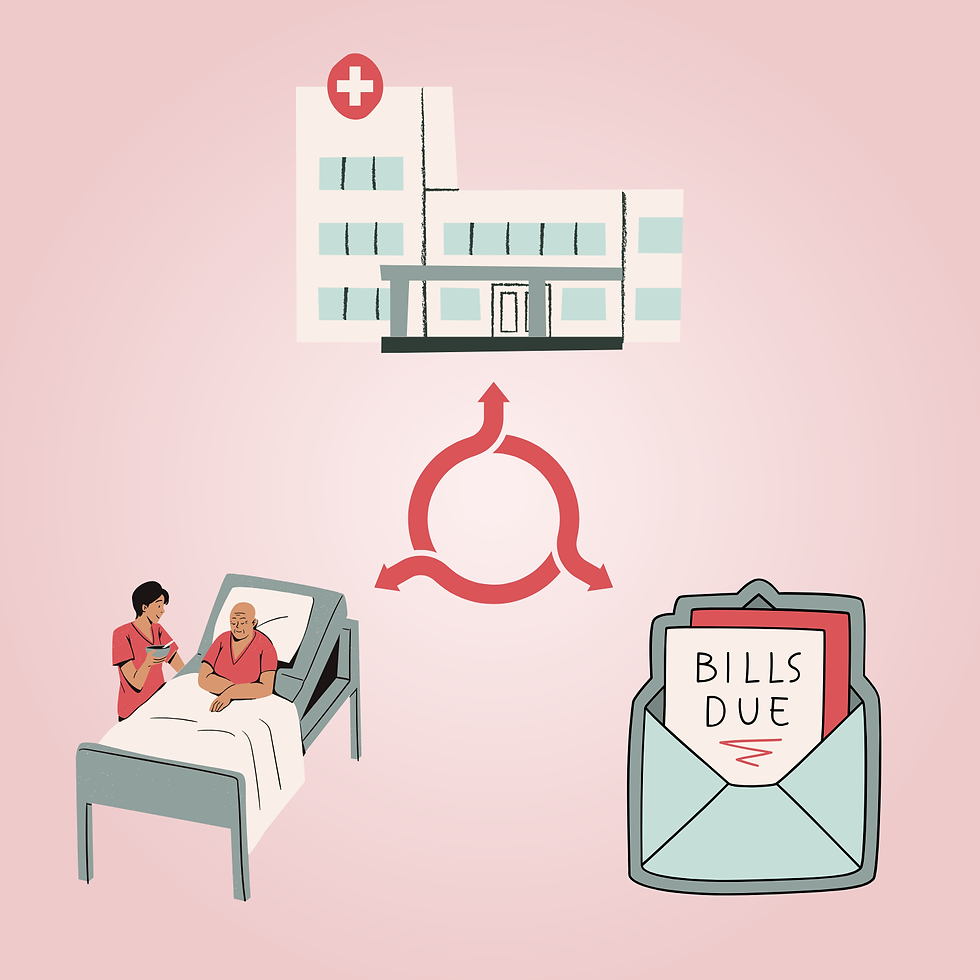Utilizing Novel Telemedicine Methods to Track Ocular Health
- Tochi Onuegbu
- Oct 18, 2022
- 2 min read
Our eyes, an essential part of our sensory organs, allow us to perceive the rich and diverse world around us – but they are more powerful than we think. These mighty machines have the ability to alert us when there is a problem with an organ's function and even signify the onset of diabetes!

The development of less life-threatening eye conditions, such as cataracts or glaucoma, is a sign of aging. If care isn’t taken, these conditions can progress to blindness. Fortunately, early identification, diagnosis, and treatment can prevent vision loss. In cases where the cataract or glaucoma is severe, a simple surgical procedure can allow the patient to regain sight and confidence in performing their day-to-day tasks. Yet, it is clear there are higher rates of preventable blindness, in marginalized communities, where access to healthcare is poor and there exists an overwhelming lack of resources. The correlation between marginalized communities and high poverty rates suggests that even if such resources were available, many patients would be unable to provide monetary provisions due to a lack of funding.
Fortunately, efforts to address this inequity in ocular health have been greatly aided by the use of telemedicine as an efficient means for patients to acquire service in a low-cost fashion. Engineers from Konyang University in South Korea programmed an application that allows users to track their ocular health with only a smartphone. They devised a means to prognosticate circulatory system diseases by imaging the eye fundus and monitoring the behavior of eye blood vessels. The procedure just requires an adapter that can be installed on the smartphone’s rear camera, which allows the patient to capture the eye fundus and also “align the light source axis of the smartphone and camera at a certain distance." The result is an examination similar to a fundus exam at a doctor’s office.
When the disease-detecting algorithm is run and produces a prognosis, a physician, likely an ophthalmologist, confirms the results. The physician can then validate the results and take further measures if necessary.
This program is still in the stages of being developed. The ultimate goal is to use oculi images fed to AI algorithmic deep learning systems to detect other diseases, including diabetic retinopathy, macular degeneration, and glaucoma. With the hope to revolutionize ocular health, engineers are using technology to invent new ways of diagnosing and treating disease.
Edited by: Eric Wang
Graphic Designed by: Shaily Pal
References



Comments